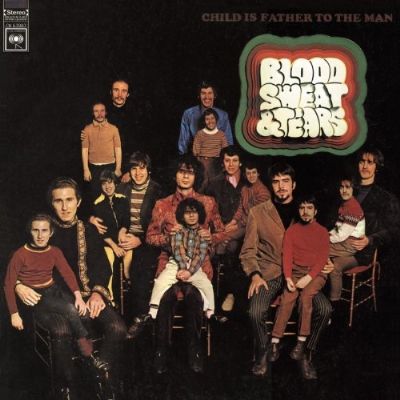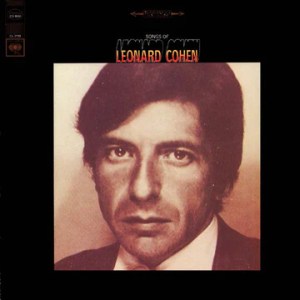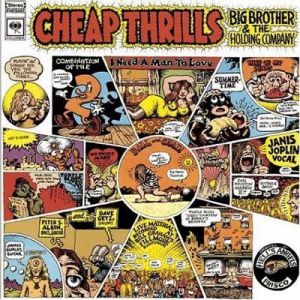 More of the Music of Simon and Garfunkel
More of the Music of Simon and Garfunkel
Reviews and Commentaries for Bookends
Wikipedia on the Music
The “Bookends Theme” that opens and closes side one is played on the acoustic guitar, with no additional instruments. An audio sample of the band’s first hit, “The Sound of Silence”, softly plays during a cacophony of sounds near the end of the second track, “Save the Life of My Child”. John Simon, who was credited with production assistance on the song, created the bassline by playing a Moog synthesizer with help from Bob Moog himself.
James Bennighof, author of The Words and Music of Paul Simon, finds that “textural elements are variously supported by a churning groove, percussive, and distorted electronic sounds” that compliment the song’s subject matter, suicide suburban youth. “Overs” explores a more jazz-oriented style, with a larger selection or chords and looser form than the group’s previous styles.
“Voices of Old People” is a sound collage, and was recorded on tape by Garfunkel at the United Home for Aged Hebrews and the California Home for the Aged at Reseda. The collection of audio recordings of the elderly find them musing on treasured photographs, illness and living conditions.
In “Old Friends”, the title generally conveys the introduction or ending of sections through repetition, and the song builds upon a “rather loose formal structure” that at first includes an acoustic guitar and soft mood. An additional element is introduced midway through the track: an orchestral arrangement conducted by Jimmie Haskell, dominated by strings and xylophone notes. Horns and other instruments are added when the duo cease singing, creating a turbulence that builds to a single high, sustained note on the strings. The song then segues into the final song of side one, the reprise of the “Bookends Theme”.
(more…)




